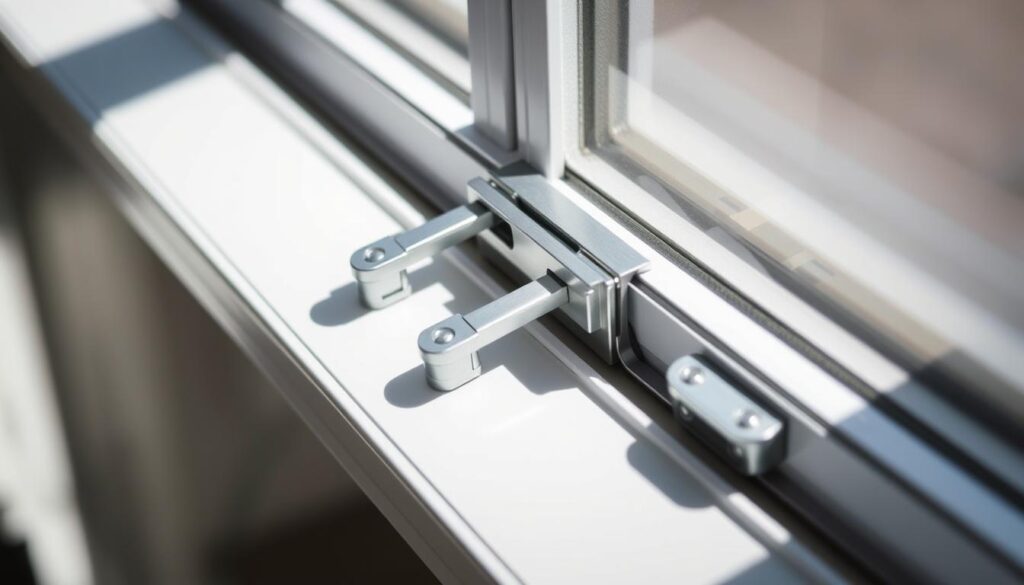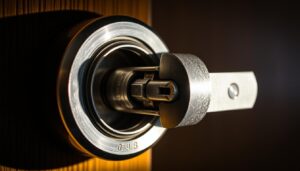Are you concerned about the safety of your home, particularly when it comes to upstairs windows? Accidental falls from windows are a significant risk, especially for children and the elderly. One effective way to mitigate this risk is by installing window restrictors, which limit the window opening to 100mm, thus preventing falls while still allowing ventilation.
Installing window restrictor locks is a straightforward DIY project that requires minimal tools and can be completed in under 30 minutes per window. By doing so, you can significantly enhance the safety of your home. In this guide, we will walk you through the step-by-step process of fitting window restrictors to your upstairs windows.
Key Takeaways
- Understand the importance of window restrictors for upstairs windows.
- Learn how to select the right type of restrictors for your needs.
- Follow detailed step-by-step instructions for installation.
- Discover how to test your installation for correct functioning.
- Enhance home safety by reducing the risk of falls from upstairs windows.
Why Window Restrictor Locks Are Essential for Upstairs Safety
Ensuring upstairs window safety is crucial, and window restrictor locks play a vital role in preventing accidents. These safety devices are designed to limit the opening of windows, thereby reducing the risk of falls from upstairs windows.
Preventing Falls and Accidents
Window restrictor locks are crucial safety devices that prevent windows from opening more than 100mm, significantly reducing the risk of falls from upstairs windows. According to ROSPA, over 4,000 children in the UK suffer falls from windows annually, making window restrictors essential for homes with young children.
Statistics show that the risk is particularly high in homes where bedrooms and living spaces are located on upper floors, especially in high-rise buildings. Window restrictors allow you to maintain ventilation in upstairs rooms while ensuring safety, particularly during hot weather when windows need to be left open.
Meeting Safety Standards and Regulations
Window restrictors help homeowners meet building safety regulations and standards, particularly in buildings where children or vulnerable individuals reside. Quality window restrictors can withstand significant weight (up to 34-74 stone depending on the model) before failing, ensuring they can prevent falls even if someone leans against an open window.
The small investment in window restrictor locks provides immeasurable peace of mind, especially for parents with bedrooms located on upper floors. Properly installed window restrictors create a safer home environment while still allowing for adequate ventilation and emergency escape if needed.
Types of Window Restrictor Locks for Upstairs Windows
The safety of upstairs windows can be significantly enhanced with the right window restrictor locks. You have several options to consider, each with its unique features and benefits.
Key-Operated vs Keyless Window Restrictors
Key-operated window restrictors provide maximum security as they require a specific key to disengage, making them ideal for homes with young children. Keyless window restrictors, on the other hand, feature a push and twist mechanism that allows adults to fully open windows when needed.
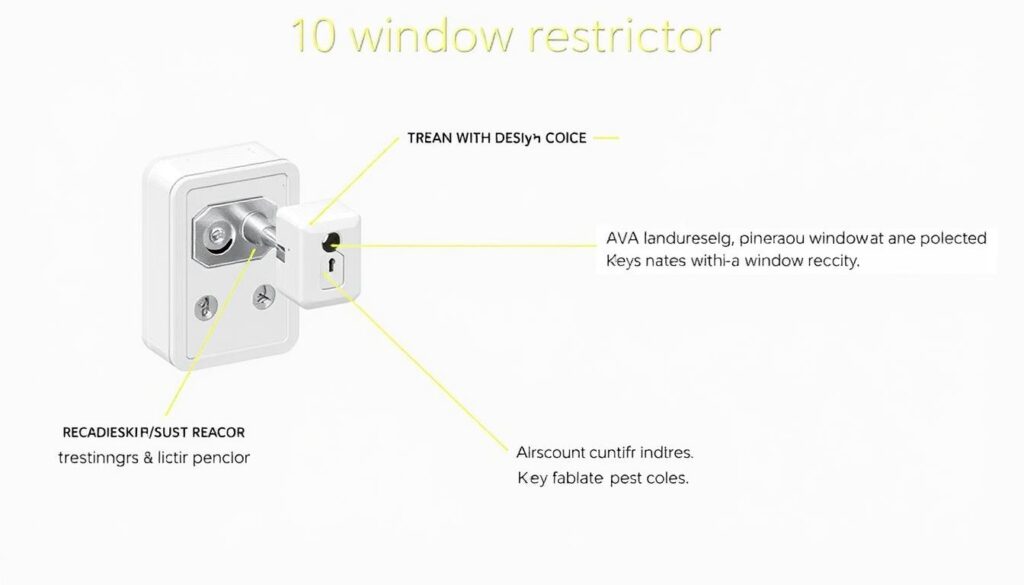
Cable Window Restrictors
Cable window restrictors use a reinforced steel cable that connects the window to the frame, limiting opening to 100mm while still allowing for ventilation. They are suitable for all window types, including UPVC.
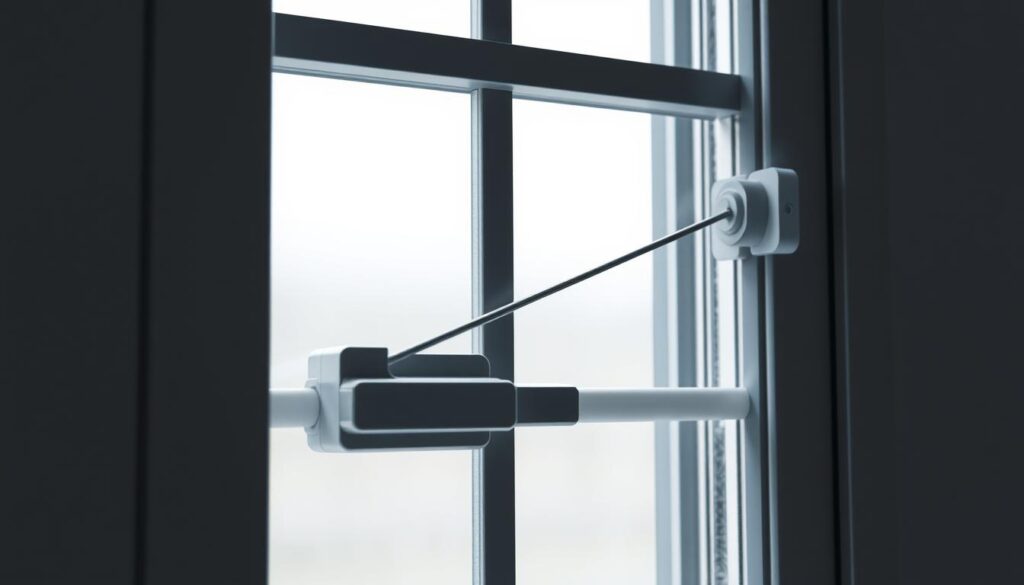
Folding Mechanism Restrictors
Folding mechanism restrictors, like the Titan model, use a solid steel construction rather than a cable, offering enhanced security. They can withstand forces of up to 74 stone, providing extra security for open windows.
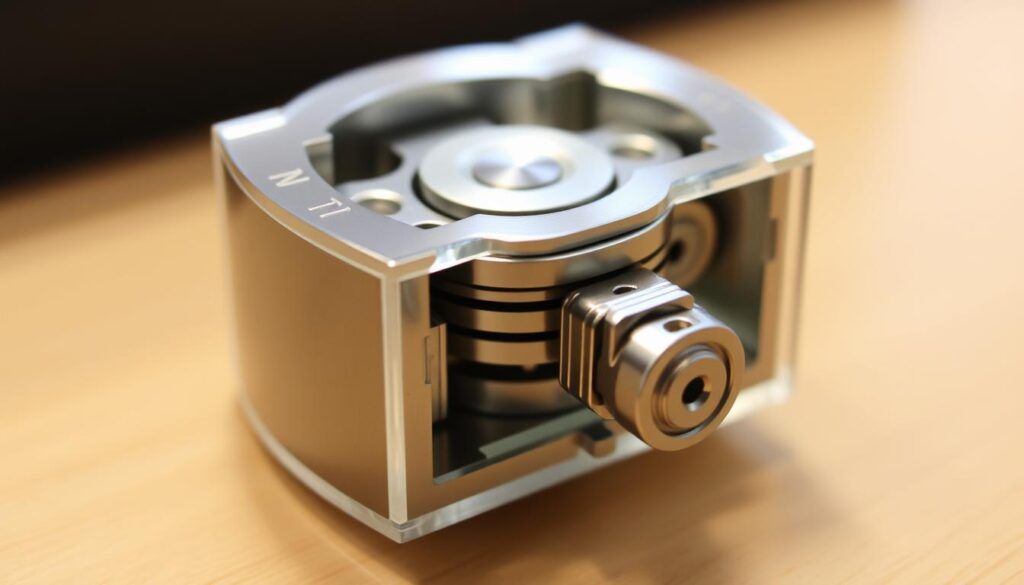
How to Fit Window Restrictor Locks Upstairs
You can easily fit window restrictor locks upstairs with the right tools and a bit of guidance. This process is a crucial step in enhancing child safety in your home. For more information on child safety for UPVC windows, you can visit https://www.jackloc.com/child-safety-for-upvc-windows/.
Tools and Materials Needed
To start, you’ll need a few basic tools: a pencil for marking, a drill with appropriate bits, and a screwdriver. The window restrictor kit, which typically includes security screws and detailed instructions, is also essential. Ensure you have all these tools ready before you begin the installation process.
Measuring and Marking
Decide on the optimal position for your window restrictor, usually on the side of the window that opens. Mark where the fixed part will be attached to the frame and where the movable part will be attached to the window itself. For cable window restrictors, measure and mark where both the cable housing and the receiver will be positioned, ensuring they align properly when the window is closed.
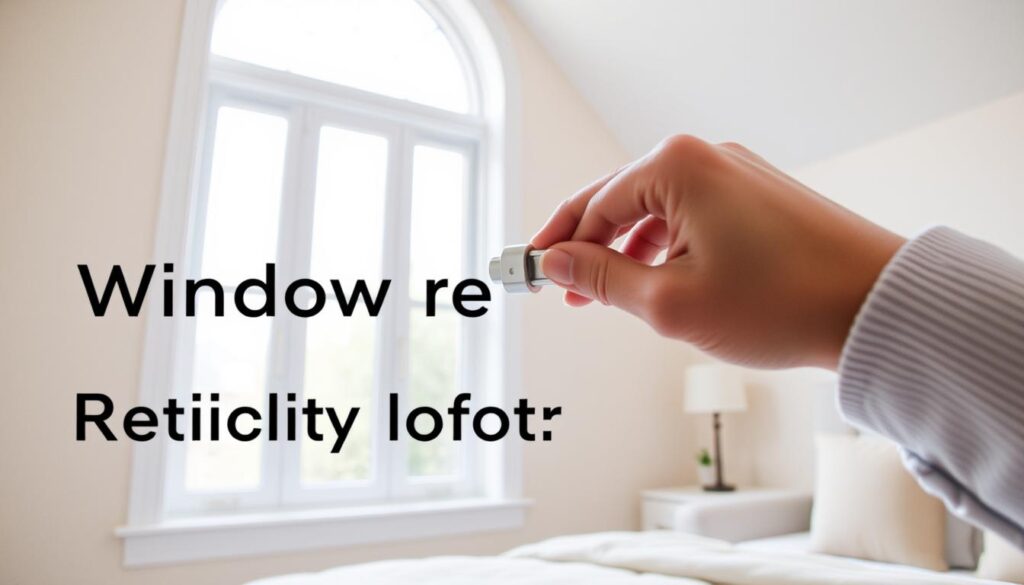
Drilling and Securing the Base Plate
When drilling into UPVC windows, use a small pilot hole first to prevent cracking. Ensure you’re not drilling into any internal mechanisms or reinforcements within the frame. Use the provided security screws to secure the base plate to the window frame.
Attaching the Restrictor Mechanism
After securing the base plate, connect the restrictor mechanism according to the specific instructions for your model. For key-operated window restrictors, ensure the locking mechanism is tested thoroughly.
Testing the Installation
Once installed, test the window restrictor by opening the window to confirm it stops at the 100mm safety position and can withstand pressure without failing. This step is crucial to ensure the child safety feature is effective.
By following these steps, you can ensure a successful installation of window restrictor locks upstairs, enhancing the safety and security of your home.
Conclusion
By installing window restrictors, you can substantially enhance the safety of your home, particularly upstairs where the risk of falls is higher. Fitting window restrictor locks is a crucial safety measure, especially in homes with children or vulnerable individuals. The process is quick and simple, requiring minimal tools and time. Quality window restrictors that meet British Standards provide peace of mind, with some models able to withstand significant weight before failing. They not only enhance safety but also improve home security by limiting window opening to 100mm, allowing fresh air while preventing falls. Regular testing is recommended to ensure they function correctly. With certifications like Sold Secure, you can trust in their effectiveness. This small investment provides immeasurable returns in terms of family safety and peace of mind, making it a worthwhile addition to any home.
